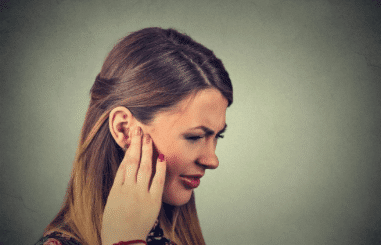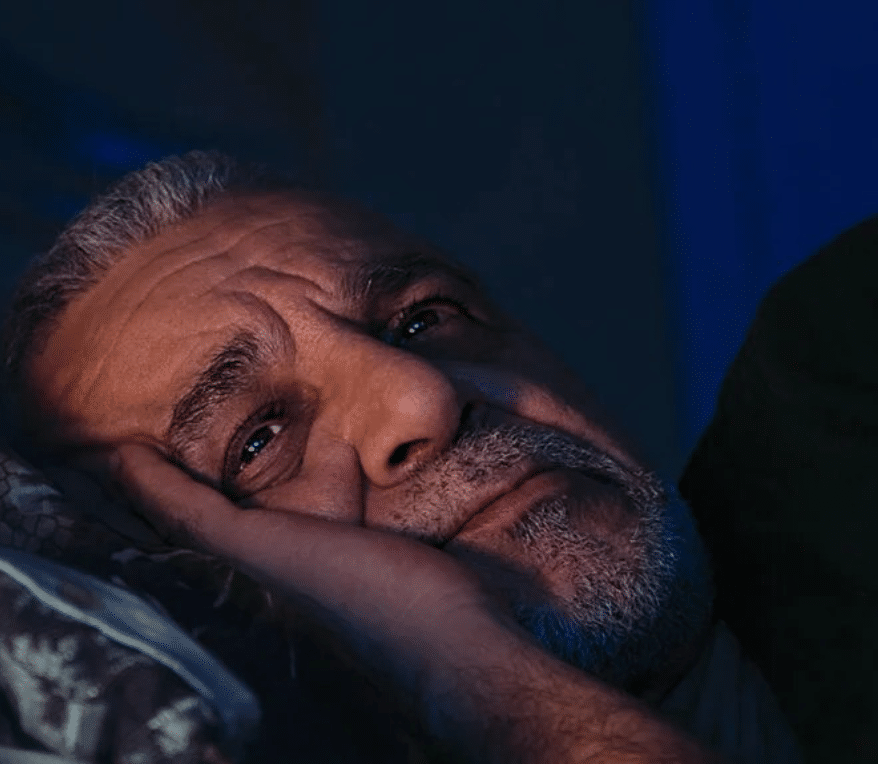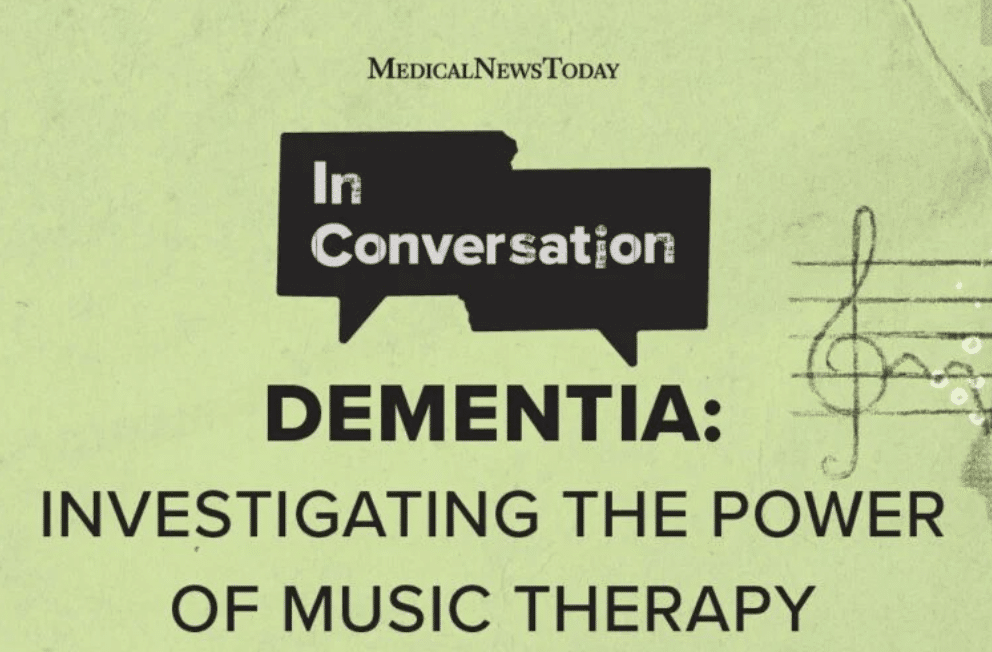Viruses cause most ear infections, although sometimes bacteria are the culprit. There are three main types of ear infections that affect the middle ear:
- Acute otitis media (AOM) is the most common type of ear infection. Fluid builds up behind the eardrum, causing a painful earache.
- Otitis media with effusion (OME) usually occurs in children. It develops after an original ear infection has resolved, but fluid remains trapped in the middle ear. A child may not have any symptoms, but a doctor can see signs of fluid behind their eardrum.
- Chronic otitis media with effusion (COME) is when fluid stays in the ear for an extended period or keeps coming back. Someone with COME often finds it harder to fight off new ear infections and may have some trouble hearing. A doctor will diagnose COME after a person has had OME for 3 or more months.
Another form of chronic ear infection is called chronic suppurative otitis media (CSOM). People with CSOM have recurring and persistent ear discharge. The condition usually develops as a complication of AOM with perforation of the eardrum in childhood.
People with untreated or chronic ear infections can develop several complications. Repeated ear inflammation can cause the following conditions:
- Mastoiditis, which is an uncommon condition that causes AOM symptoms as well as redness or swelling behind the ear.
- Cholesteatoma, which is a growth of skin cells in the middle ear, often due to recurrent ear infections.
Symptoms
A person’s symptoms will differ depending on the type of ear infection they have. The symptoms may be present in one or both ears and may come and go.
A chronic ear infection usually develops when a person has:
- an acute ear infection (AOM) that does not completely heal
- repeated ear infections
Symptoms of an acute ear infection
The symptoms of an acute ear infection include:
- ear pain
- hearing problems
- fever of 100.4°F or higher
- nausea or vomiting
- ear discharge
Children may also show signs of irritability. They may also cry more frequently and tug at the affected ear.
Symptoms of chronic ear infections
Someone with a chronic ear infection does not usually have any visible symptoms. However, long-term OME can cause hearing problems and other difficulties, particularly in children. These include:
- delayed responses, or taking a long time to understand speech
- difficulties speaking or reading
- poor balance
- limited attention
- less ability to work independently
Doctors consider OME to be chronic if it lasts for 3 months or more.
According to a 2016 guideline, OME usually disappears by itself within 3 months.
They also report that 30–40 percent of children experience OME more than once, and 5–10 percent of episodes last for 1 year or longer.
When someone has CSOM, they have a hole in their eardrum. When the eardrum bursts, it releases tension, so not everyone with CSOM will feel pain. However, people with AOM or recurrent AOM will likely experience pain.
The symptoms of CSOM include:
- hearing loss
- leaking fluid from the ear
- a hole in the eardrum
People with CSOM are unlikely to have a fever.
Treatment
Some ear infections resolve on their own, while others may need further treatment. Anyone who still has an ear infection after several days should seek medical attention to find out the type of ear infection they have.
Generally, OME goes away on its own. The American Academy of Otolaryngology recommend against using antibiotics, antihistamines, and decongestants for treatment of OME. However, antibiotics may benefit people with acute ear infections.
Treatments for chronic ear infections include the following:
Dry mopping
Dry mopping, also called an aural toilet, is when a doctor flushes and cleans the ear of wax and discharge.
Doctors think this speeds up recovery from some types of chronic ear infections, such as CSOM, as it keeps the ear canal free of debris and discharge.
Medication
People who have an ear infection may find relief in taking over-the-counter pain and fever reduction medication, such as acetaminophen or non-steroidal anti-inflammatories (NSAIDs). Children should not take aspirin.
Antibiotics
Antibiotics only work if bacteria are the cause of the infection, and may not be helpful for people with chronic ear infections.
Many professionals recommend “watchful waiting” to allow the infection to clear up by itself. Some doctors may prescribe antibiotics for a bacterial infection if there is drainage from the ear, or if the infection is in both ears of a child under 2 years old.
People with infections that have resulted in a punctured eardrum or a hole in the middle ear, such as CSOM, may benefit from prescribed antibiotic ear drops, such as ciprofloxacin.
However, antibiotics can have side effects, so taking them unnecessarily can make a person feel worse, rather than better. Also, over time, the bacteria that cause some ear infections can become more resistant to antibiotics.







